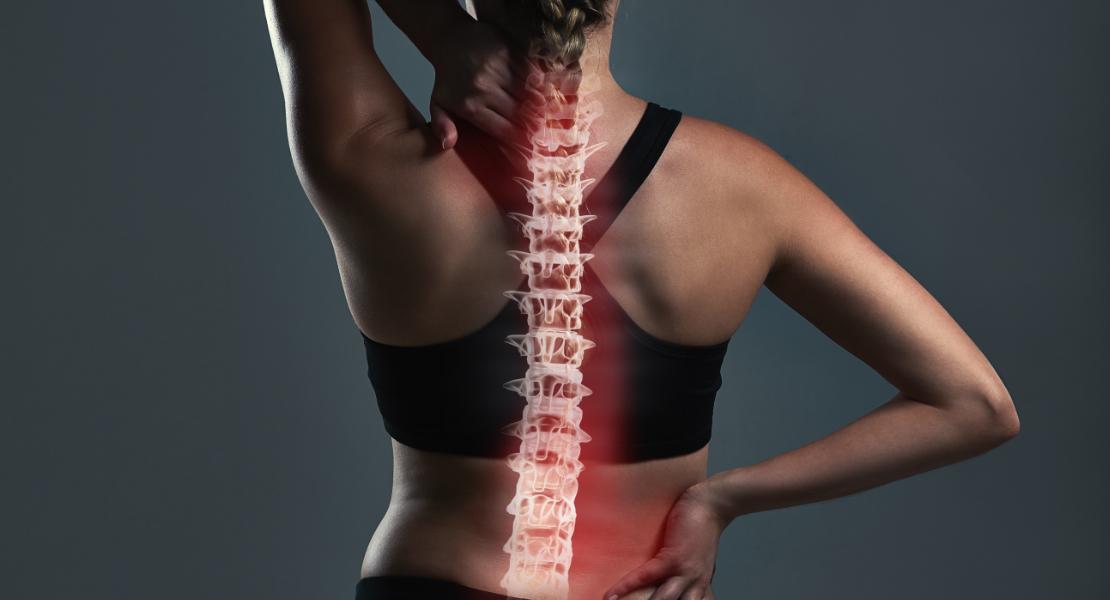Expert clinical analysis leads to specific treatment protocols. Enacting the plan leads to relief and recuperation followed by rehabilitation and restrengthening. This is the foundation of patient care in our practice.

Phases of the musculoskeletal care plan include
- The acute phase: This phase entails diligent treatment of pain, swelling, numbness and other injury-related symptoms.
- The rehabilitation phase: Rehabilitation takes place as the acute phase wains, but healing is still occurring.
- The restrengthening phase: Guided specific restrengthening exercises assures that recovery will be long-lasting.
Physical therapy modalities and restrengthening are integral parts of a treatment regime.
The goals are to
- Reducing pain, swelling and stiffness
- Increase mobility
- Increasing strength
Physical therapy modalities are various techniques and tools used to enhance patient recovery, alleviate pain, improve mobility, and promote overall well-being. Here are some common physical therapy modalities.
Treatment protocols may consist of
Heat Therapy (Thermotherapy)
- Purpose: Increases blood flow, reduces muscle spasm, and promotes relaxation.
- Examples: Hot packs, paraffin baths, and infrared heat.
Cold Therapy (Cryotherapy)
- Purpose: Decreases inflammation, numbs pain, and reduces muscle spasm.
- Examples: Ice packs, cold compresses, and cryotherapy chambers.
Electrical Stimulation (E-Stim)
- Purpose: Reduces pain, improves muscle function, and enhances circulation.
- Examples: Transcutaneous Electrical Nerve Stimulation, and interferential current (IFC) therapy.
Ultrasound Therapy
- Purpose: Promotes tissue healing, reduces pain, and decreases inflammation.
- Technique: Uses high-frequency sound waves to generate heat and stimulate tissue repair.
Traction Therapy
- Purpose: Relieves pressure on the spine, reduces pain, and improves spinal alignment.
- Examples: Mechanical traction devices and manual traction techniques.
Manual Therapy
- Purpose: Improves joint mobility, reduces muscle tension, and alleviates pain.
- Joint mobilization, and manipulation.
Exercise Therapy
- Purpose: Improves strength, flexibility, endurance, and functional ability.
- Examples: Therapeutic exercises, stretching routines, and strength training.
Taping and Bracing
- Purpose: Provides support, reduces strain on injured tissues, and facilitates proper movement.
- Examples: Kinesiology tape, athletic tape, and various braces.
Compression Therapy
- Purpose: Reduces swelling, enhances circulation, and supports injured tissues.
- Examples: Back support brace.
Each modality is selected based on the patient’s specific condition, goals, and overall treatment plan developed by the Dr Michael Shaffer.

